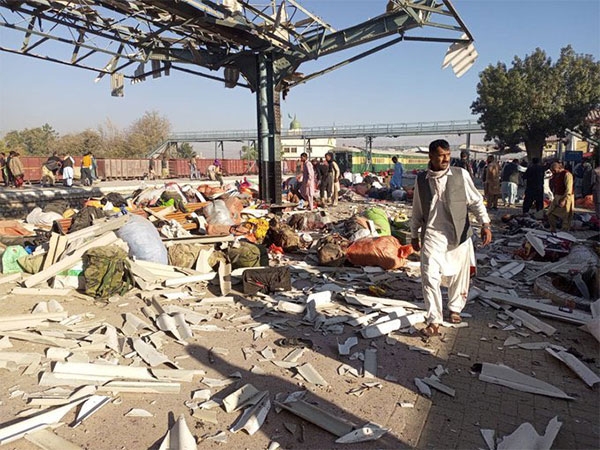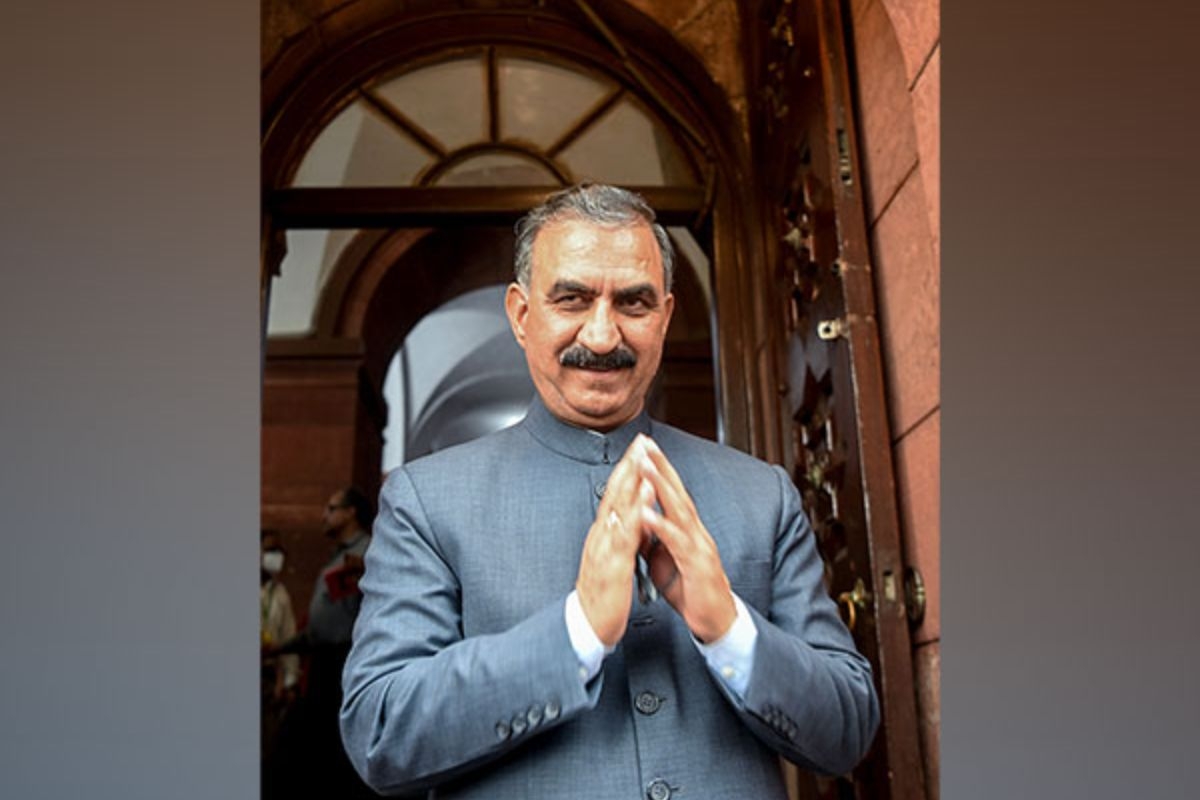
The crisis that arose soon after Prime Minister Narendra Modi's 8 November address to denotify Rs 500 and Rs 1,000 currency notes is not news to anyone anymore. There are many who have chosen to ignore the terrible consequences of demonetisation but the fact remains that India is still in a state of crisis.
The idea behind demonetisation of high-value currency notes, according to the Prime Minister, was to curb black money and fake currencies circulated in the country as most of it is in denominations of Rs 500 and Rs 1,000.
The idea might have been noble but it appears to be the worst possible way to conduct a "surgical strike" on black money and fake currency.
Also Read: Demonetisation is in interest of our honest citizens who deserve a better India: PM Modi
Why the idea of demonetisation is noble
In an unscheduled address, at 8:00pm on 8 November, Prime Minister Narendra Modi announced that midnight onwards, Rs 500 and Rs 1,000 currency notes would no longer be legal tenders.
In his address, PM Modi said, "The evil of corruption has been spread by certain sections of society for their selfish interest. They have ignored the poor and cornered benefits. Some people have misused their office for personal gain."
While saying that, PM Modi also quoted examples of how members of the public consisting of vegetable vendors, autorickshaw and taxi drivers choose to live a life of integrity and always return excess money to whomsoever it belongs.
Modi, in his address, touched on some important points:
- Circulation of fake currency in the country
- Black money used to fund terrorist organisations and groups
- Misuse of office for personal gain (with special reference to government servants)
- Hoarding of unaccounted money in large amounts
- Misuse of cash leading to artificial increase in the cost of goods and services including property rates, education, and heathcare.
- Existence of Hawala transactions
- Use of black money during elections
- He had further said, "This step will strengthen the hands of the common man in the fight against corruption, black money, and fake currency."
- Modi, in his address, didn't mention anything about the reintroduction of Rs 500 and introduction of Rs 2,000 currency notes, which is a higher denomination than what existed.
If readers keep the above-mentioned points in mind, it will be helpful while reading the latter half of the article.
A shocked reaction followed by chaos
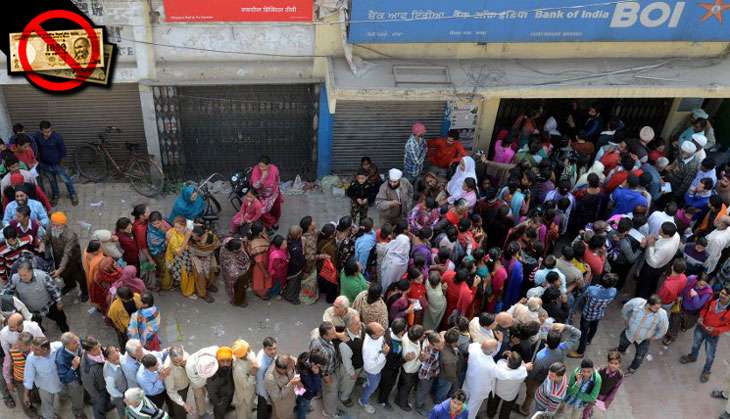
As soon as Prime Minister Narendra Modi said, "To break the grip of corruption and black money, we have decided that the five hundred rupee and thousand rupee currency notes presently in use will no longer be legal tender from midnight tonight, that is 8th November 2016. This means that these notes will not be acceptable for transactions from midnight onwards," instantaneous public panic ensued.
Numerous shocked phone calls to family and friends followed the announcement.
Long queues at ATM kiosks, petrol pumps, convenience stores and shopping centres had already formed.
Everyone had just aim in mind; get rid of Rs 500 and Rs 1,000 notes and hoard notes of Rs100 and lower denominations to tide over the next few days.
Also Read: Demonetisation: Tax raids, low cash flow hurts small traders for 3rd day
Modi's demonetisation flight took off without knowing how to land
Long queues at ATMs and banks is one thing but clashes among people, people dying while standing in queues and police lathi-charging those waiting in front of banks to get some cash is not the same.
The government was ill prepared to deal with what was going to follow and completely miscalculated the enormity of the move it was making.
- The ATMs, as it was announced, didn't work until 11 November and continued to remain non-functional for many days. Even today, on 16 November, many ATMs do not have cash and have not been caliberated yet.
Also Read: India's jugaad: Modi's demonetisation brings back the ancient barter system
- Banks are facing issues as there is limited cash supply to branches to meet customers' requirement. Till now, there are poor provisions to supply cash to remote regions.
- Students, office goers, daily wagers, farmers, small businessmen are torn between going to work and standing in never-ending queues to withdraw some money for daily needs. Many have stood for more than one day failing to withdraw a single rupee.
- Road transport sector has come to a grinding halt with more than seven lakh trucks stranded on highways due to the cash crunch. Milk, fruits, vegetables and other perishable goods are at a risk of rotting.
- From wedding ceremonies and other events to cremations, all have been affected since there is an upper limit on withdrawal -- Rs 24,000 in a week.
- Some people lost their lives while standing in ATM and bank queues either due to dehydration or existing health conditions. A baby died after it was refused to be admitted to the hospital when they did not accept Rs 500 denominations as deposit. There has been no relief for the senior citizens, the sick, and cases of emergency which is making the situation worse.
- Already, due to the cash crunch, people have majorly cut down on their everyday expenditures. Now, reports of looting at ration shops have emerged.
If high-value currency notes like that of Rs 500 and Rs 1,000 were major reasons for existing fake currency and black money in the country, why did the government choose to introduce even higher denomination notes (Rs 2,000)?
The ill-thought of idea to use indelible ink during withdrawal at banks will not just take more time in dealing with a customer but also, it can be easily removed. Several videos are emerging on the internet on "How to remove indelible ink."
How hard is it to make a fake Rs 2,000 note? Already, there have been reports of fake currency notes of Rs 2,000 circulating in market.
Also Read: Demonetisation and its discontents: why black money isn't going anywhere
The idea of a cashless economy sounds great. But it is viable only at high-end convenience stores, shopping centres, malls etc along with the online shopping industry. The unorganised sector, small businessmen, vendors and grocers have not been kept in mind while forcing this idea on people. Restricted cash flow has hit these members of the general public hard.
Banks are giving out Rs 2,000 currency notes. But in markets, they are of no use as no one is ready to give change.
Why hasn't the BJP-led government first targeted the black money deposited in Swiss banks as it was promised during the election campaign?
The situation of crisis, in the name of "fight against black money", has affected the poorest the most.
-Edited by Aishwarya Yerra
First published: 16 November 2016, 8:26 IST


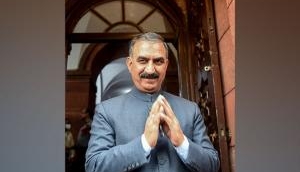


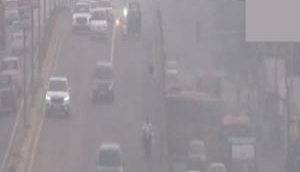

![BJP's Kapil Mishra recreates Shankar Mahadevan’s ‘Breathless’ song to highlight Delhi pollution [WATCH] BJP's Kapil Mishra recreates Shankar Mahadevan’s ‘Breathless’ song to highlight Delhi pollution [WATCH]](https://images.catchnews.com/upload/2022/11/03/kapil-mishra_240884_300x172.png)

![Anupam Kher shares pictures of his toned body on 67th birthday [MUST SEE] Anupam Kher shares pictures of his toned body on 67th birthday [MUST SEE]](https://images.catchnews.com/upload/2022/03/07/Anupam_kher_231145_300x172.jpg)


